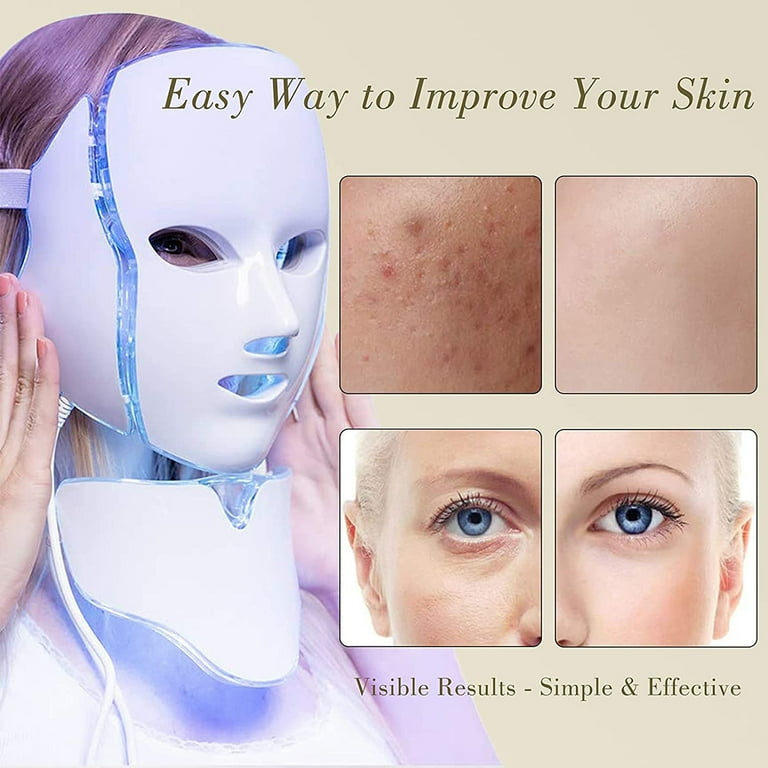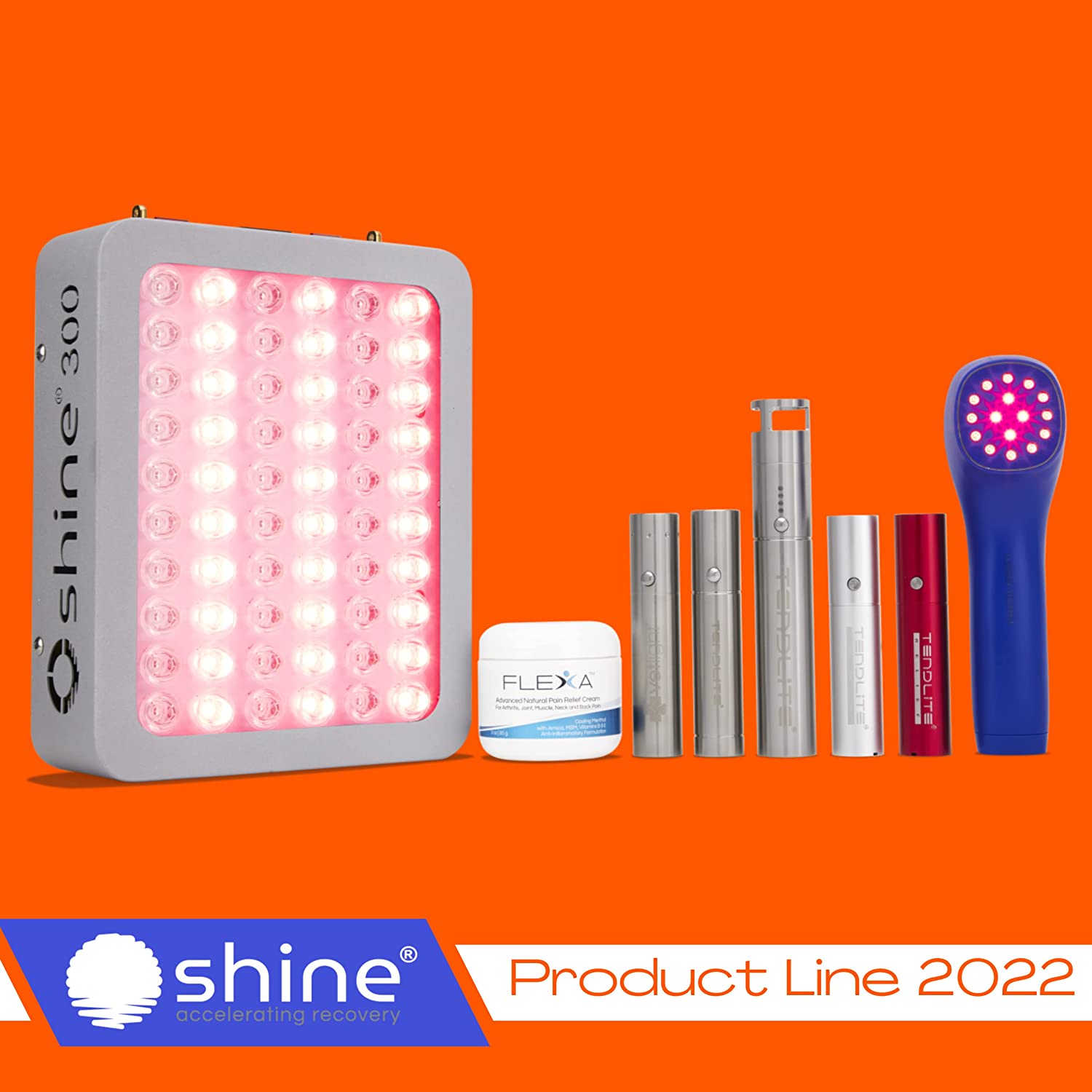The Scientific research Behind Photobiomodulation: Illuminating Healing Pathways
Wiki Article
Unlocking the Prospective of Photobiomodulation: A Promising Strategy for Therapeutic Treatment
Are you curious regarding the possibility of photobiomodulation for healing intervention? Imagine a situation where an individual suffering from chronic discomfort discovers alleviation via a non-invasive therapy that uses light. This is precisely what photobiomodulation deals. It is an appealing strategy that harnesses the power of light to promote healing and lower inflammation in various medical problems. By targeting certain mobile processes, photobiomodulation has shown prospective in speeding up injury recovery, lowering discomfort, and advertising cells regrowth. In this intro, we will certainly explore the mechanisms of action, applications in medicine, and the current evidence sustaining the effectiveness of photobiomodulation. Furthermore, we will certainly go over future instructions and prospective difficulties in unlocking its complete potential as a restorative treatment.Recognizing Photobiomodulation
To recognize photobiomodulation, you need to grasp the concept of how light treatment can directly affect mobile procedures in your body. Photobiomodulation, also called low-level light therapy, is a non-invasive therapy that uses specific wavelengths of light to boost biochemical responses in your cells. When exposed to these light wavelengths, your cells soak up the power and convert it right into mobile energy, recognized as adenosine triphosphate (ATP) This boost in ATP production leads to a waterfall of cellular responses, consisting of improved metabolic process, improved blood circulation, and enhanced manufacturing of collagen and other proteins.The healing effects of photobiomodulation are far-ranging and have been examined thoroughly in various clinical areas. It has revealed promising results in advertising tissue fixing and regrowth, lowering swelling, relieving pain, and enhancing wound recovery. Photobiomodulation has actually been located to have a favorable impact on neurological conditions, such as terrible mind injury and stroke, by stimulating neural activity and promoting neuroplasticity.
Among the vital benefits of photobiomodulation is its safety profile. Unlike various other therapies, photobiomodulation does not produce any type of warm or create cells damage. It is a non-invasive and painless procedure that can be carried out in a scientific setup and even in the convenience of your very own home with making use of mobile tools. However, it is important to note that photobiomodulation ought to be provided by qualified professionals or according to the producer's directions to guarantee ideal results and security.

Systems of Activity
In understanding the systems of action, you will discover exactly how photobiomodulation directly influences cellular processes via details biochemical responses. When light is applied to the body, it is absorbed by chromophores, such as cytochrome c oxidase and flavins, which are existing in the mitochondria. This absorption causes a cascade of occasions that eventually result in mobile changes.One of the essential devices of action is the excitement of ATP production. Photobiomodulation increases the task of cytochrome c oxidase, an important enzyme in the mitochondria that is involved in the electron transportation chain. This raised activity leads to the manufacturing of more ATP, the primary energy money of the cell. Consequently, mobile metabolic process is enhanced, advertising cells repair work and regrowth.
Moreover, photobiomodulation has actually been revealed to modulate cellular signaling paths. It activates different development factors and indicating particles, such as nitric oxide and responsive oxygen species, which play vital roles in processes like angiogenesis, swelling, and cell spreading. These signaling pathways add to the healing effects of photobiomodulation, promoting tissue healing and lowering discomfort and inflammation.
Applications in Medicine
Discover the extensive applications of photobiomodulation in medication. Photobiomodulation, additionally called low-level light treatment, is a non-invasive treatment that uses light to stimulate cellular processes and advertise recovery. In medication, this strategy has shown home promising results across various fields.One of the main applications of photobiomodulation is in pain administration. pbm light therapy. It has actually been utilized to alleviate both severe and chronic discomfort, including musculoskeletal conditions, neuropathic pain, and post-operative discomfort. By targeting the afflicted location with certain wavelengths of light, photobiomodulation can minimize swelling, promote tissue repair, and provide alleviation
In addition, photobiomodulation has actually revealed prospective in wound healing. It can increase the recovery process by enhancing cell proliferation, advertising angiogenesis, and lowering mark cells formation. This has significant effects in the therapy of chronic wounds, such as diabetic person ulcers and pressure sores.
In dermatology, photobiomodulation has actually been made use of for its regenerative and anti-inflammatory results. It can enhance the appearance of scars, decrease acne lesions, and stimulate hair development in conditions like androgenetic alopecia.
Additionally, photobiomodulation has actually revealed guarantee in neurorehabilitation. It can boost cognitive feature, enhance motor recuperation, and aid in the therapy of neurodegenerative illness like Alzheimer's and Parkinson's.
Medical Proof and Research Study Findings

In the area of musculoskeletal conditions, photobiomodulation has actually been discovered to lower pain and swelling, boost variety of motion, and speed up cells repair work. Researches have demonstrated its efficiency in treating conditions such as osteo arthritis, tendinopathies, and muscular tissue strains. In addition, photobiomodulation has actually shown positive results on injury healing by promoting collagen angiogenesis, fibroblast, and synthesis spreading. This makes it an important tool in the monitoring of chronic injuries, diabetic person ulcers, and surgical lacerations.
Moreover, research has shown that photobiomodulation can have neuroprotective and neuroregenerative effects. It has look at more info actually been located to boost cognitive feature, lower neuroinflammation, and boost neuronal survival and synaptic plasticity. This has crucial ramifications for the treatment of neurological conditions such as Alzheimer's disease, Parkinson's disease, and stroke.
Future Instructions and Possible Obstacles
Moving onward, it is crucial to take into consideration the future directions and possible difficulties bordering the use of photobiomodulation as a healing intervention. Presently, there is no consensus on the optimum wavelength, intensity, period, and frequency of photobiomodulation therapy.One more vital future direction is the growth of portable and cost-effective photobiomodulation gadgets. While current gadgets work, they are commonly bulky, costly, and call for expert guidance - pbm light therapy. The growth of inexpensive and user-friendly gadgets would significantly improve availability to this treatment, enabling more individuals to take advantage of its possible restorative impacts
Furthermore, future study needs to focus on illuminating the devices underlying photobiomodulation. Despite its growing appeal, the specific devices by which photobiomodulation exerts its restorative impacts are not totally recognized. Comprehending these devices would certainly not only enhance our knowledge of the therapy however additionally help in the growth of even more targeted and reliable interventions.
However, there are also prospective difficulties that need to be attended to. photobiomodulation therapy. These include the need for standardized protocols, the requirement for well-designed medical trials with larger example dimensions, and the demand for lasting follow-up researches. In addition, regulatory and safety and security factors to consider have to be thought about to ensure the reliable and risk-free use of photobiomodulation in medical practice.
Conclusion
To conclude, photobiomodulation holds fantastic assurance as a restorative intervention in medication. Its mechanisms of activity and clinical proof suggest its possible for treating different problems. More research is needed to totally comprehend its advantages and deal with any kind of potential difficulties. With recurring studies and improvements in this area, photobiomodulation has the potential to open visit our website brand-new possibilities for enhancing person outcomes.Are you curious about the possibility of photobiomodulation for therapeutic intervention? By targeting specific cellular procedures, photobiomodulation has actually shown prospective in accelerating injury recovery, decreasing pain, and promoting tissue regrowth.In addition, photobiomodulation has shown potential in wound healing.Moving forward, it is essential to think about the potential challenges and future directions surrounding the use of photobiomodulation as a therapeutic treatment. With recurring researches and advancements in this area, photobiomodulation has the possible to unlock brand-new possibilities for enhancing patient end results.
Report this wiki page